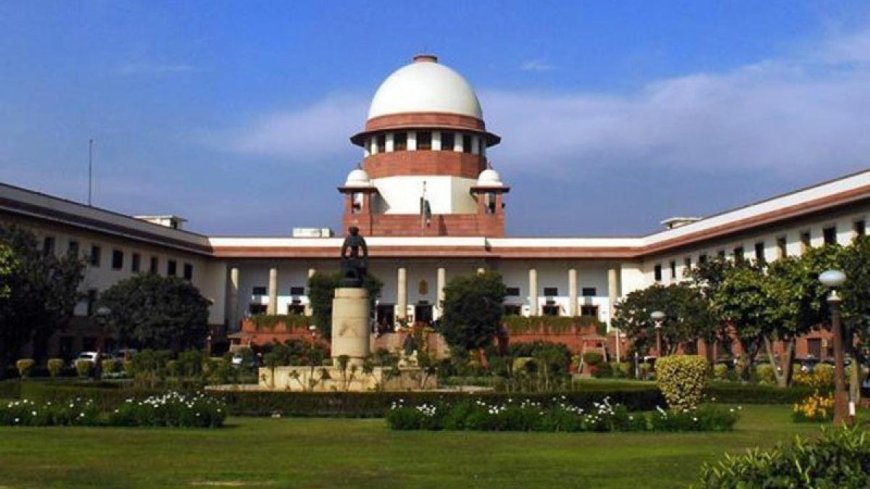Top court directs forest research institute to develop green cover plan for Delhi
Top court directs forest research institute to develop green cover plan for Delhi

Introduction
In a significant move aimed at enhancing environmental sustainability, the Supreme Court has directed the Forest Research Institute (FRI) to create a comprehensive green cover plan for the bustling city of Delhi. This initiative seeks to address the ongoing challenges posed by air pollution, urban heat, and loss of biodiversity. As the capital grapples with increasing urbanization, the green cover plan is set to be a vital step towards a healthier urban ecosystem.
The Need for a Green Cover Plan
Delhi has seen a rapid rise in its population and infrastructure, leading to extensive deforestation and environmental degradation. With air quality issues at an all-time high, the directive from the top court emphasizes the urgent need for strategic planning to restore and enhance the green spaces in the city. The plan would not only involve planting more trees but also maintaining existing green belts and promoting biodiversity within urban landscapes.
Objectives of the Directive
The Supreme Court's order stipulates clear objectives for the FRI in developing this green cover plan. These objectives include:
- Assessing the current status of green cover in Delhi.
- Identifying suitable areas for afforestation and reforestation.
- Incorporating community participation in tree planting initiatives.
- Monitoring the growth and health of newly planted trees.
Impact on the Environment and Public Health
Establishing a robust green cover is expected to yield multiple benefits for the environment and public health. Increased greenery will help in filtering pollutants, providing shade, and lowering temperatures in the urban heat island effect areas. This, in turn, will lead to improved air quality and a healthier populace. It is essential that the FRI's plan incorporates strategies for maintaining the health of green spaces, ensuring that they thrive long-term.
Community Engagement and Involvement
For a successful implementation, community engagement is crucial. Local residents can play a significant role in maintaining the green cover by participating in tree planting drives and conservation efforts. Educational programs that raise awareness about the importance of greenery and biodiversity can foster a collective responsibility towards safeguarding Delhi's environment.
Conclusion
As the Forest Research Institute embarks on this vital task, its efforts will be scrutinized closely by environmentalists, policymakers, and the public. The success of the green cover plan relies on a solid combination of scientific research, community involvement, and governmental support. Observers hope that this directive will serve as a model for other urban areas facing similar environmental challenges. For more updates, visit dharmyuddh.com. Keywords: green cover plan for Delhi, Supreme Court green initiative, Forest Research Institute directive, urban biodiversity in Delhi, air quality improvements Delhi, community tree planting Delhi, environmental sustainability India, urban heat reduction strategies, tree planting initiatives, Delhi environmental policies.







